When setting up a home for your pet snake, the choice of decor might seem like a purely aesthetic decision. However, certain decorative elements—particularly those with reflective surfaces—can significantly impact your snake’s wellbeing. Reflective materials in snake enclosures may look appealing to human eyes, but they can create serious problems for your reptilian companion. This article explores the numerous reasons why reflective decorations should be avoided in snake habitats, helping you create an environment where your snake can truly thrive.
The Natural Habitat Connection
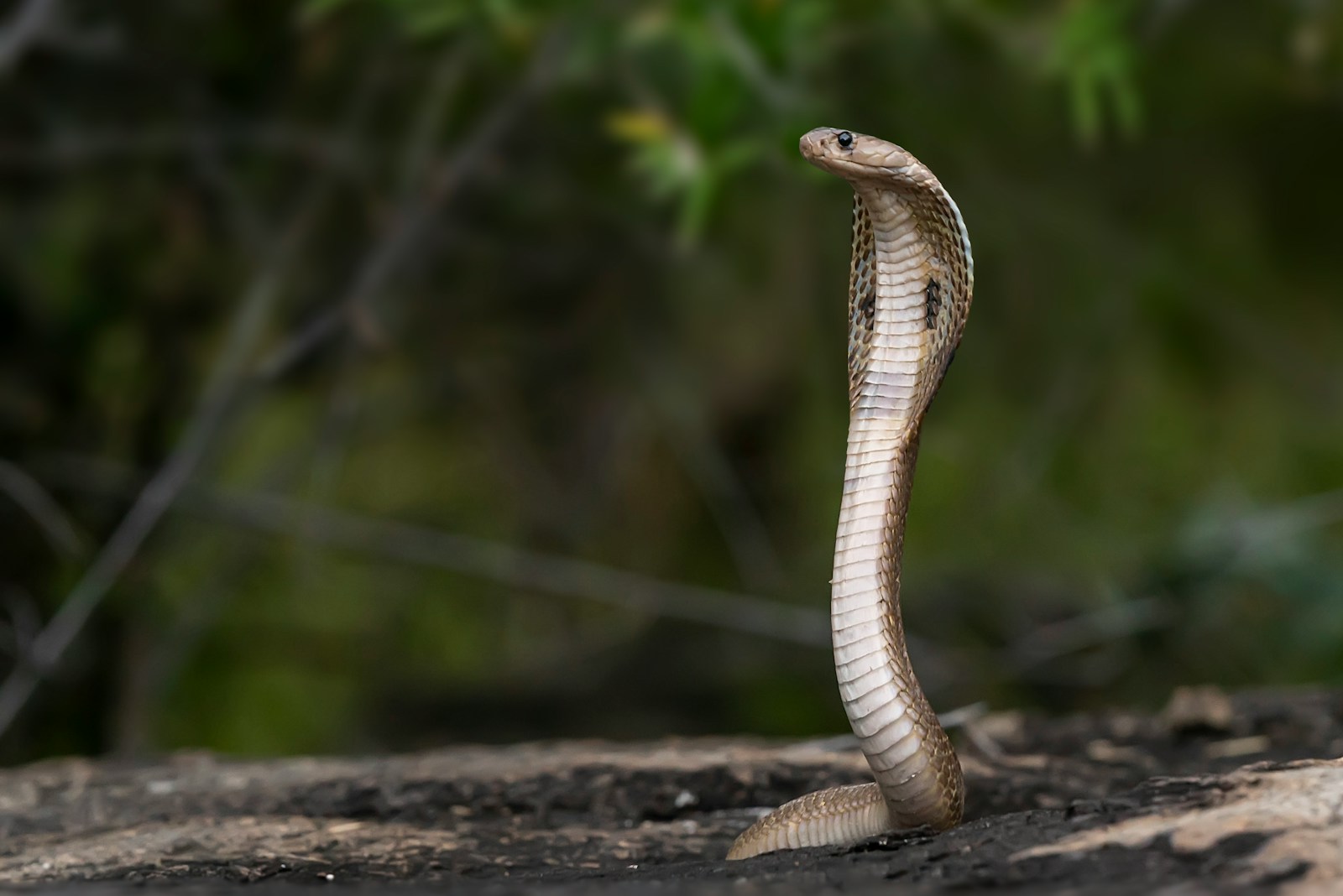
In the wild, snakes rarely encounter highly reflective surfaces beyond the occasional still water. Their natural environments typically consist of forest floors, grasslands, deserts, or rocky terrains—places devoid of mirrors, polished metals, or glossy materials. When we introduce unnatural reflective elements into their captive habitats, we’re creating an environment fundamentally different from what they’ve evolved to understand. This disconnect between natural instincts and artificial surroundings can lead to confusion and stress for your snake. Creating an enclosure that mimics their natural habitat as closely as possible is one of the most important aspects of responsible snake keeping, and reflective surfaces simply don’t align with this goal.
Stress and Behavioral Issues

Reflective surfaces can trigger significant stress responses in snakes that manifest in concerning behavioral changes. When a snake sees its own reflection, it often interprets this as another snake—potentially a rival or threat—in its territory. This misperception can lead to defensive posturing, striking at the reflection, or constant vigilance that prevents normal rest. Some snakes may refuse to eat or spend excessive energy trying to investigate or escape from the perceived intruder. Over time, this chronic stress can weaken your snake’s immune system and lead to health complications, making what seems like a simple decorative choice potentially harmful to your pet’s overall wellbeing.
The Strike Response Problem
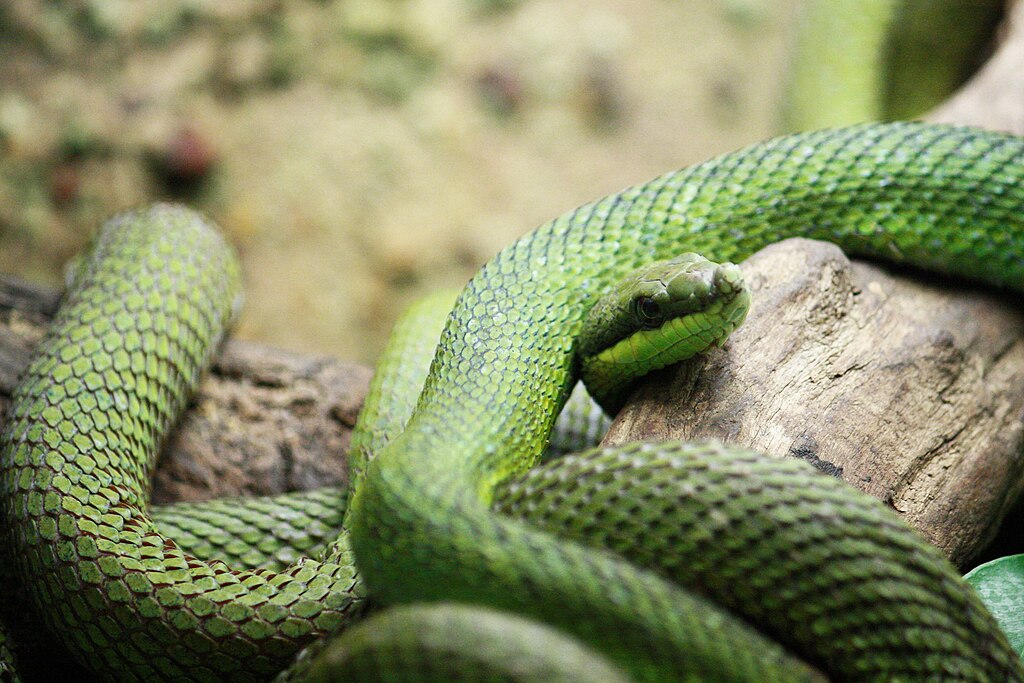
One of the most immediately concerning issues with reflective decor is the strike response it can trigger in snakes. When a snake perceives its reflection as another snake, it may repeatedly strike at the surface, attempting to defend its territory or respond to what it sees as a threat. These futile strikes can lead to physical injuries, including damaged teeth, rostral abrasions (injuries to the snout), and in severe cases, jaw problems or infections. Some snake owners have reported their pets becoming so fixated on their reflections that they develop a pattern of compulsive striking behavior that continues even after the reflective item is removed. This behavior not only poses physical risks but indicates severe psychological distress that can be difficult to reverse.
Vision and Perception Differences
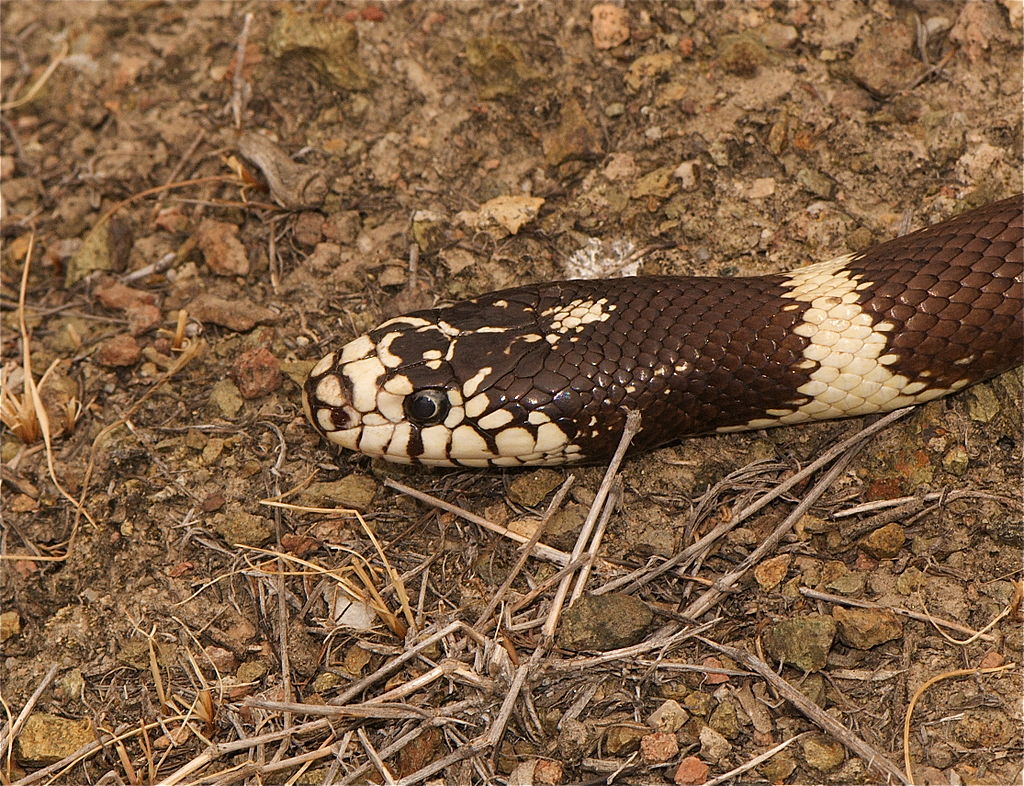
Snakes process visual information differently than humans do, which makes reflective surfaces particularly problematic for them. While humans understand reflections as optical phenomena, snakes lack this conceptual understanding and instead react to the visual stimulus in a more instinctual way. Many snake species rely heavily on movement detection in their vision systems, and the movement of a reflection can trigger predatory or defensive responses. Additionally, some snakes can see into the ultraviolet spectrum, which means reflective surfaces might appear even more intense or disorienting to them than to us. These fundamental differences in visual processing mean that what looks like an attractive decoration to us might be creating a confusing and stressful visual environment for your snake.
Temperature Regulation Concerns
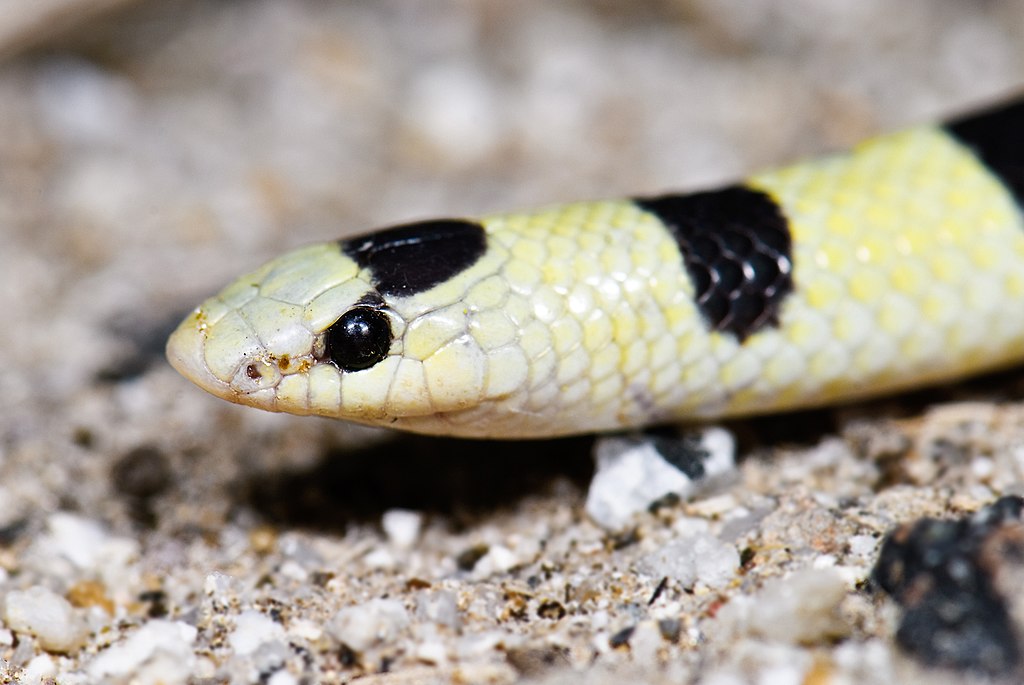
Reflective materials can interfere with the crucial temperature gradient needed in snake enclosures. Shiny surfaces tend to reflect heat, potentially creating hot spots or disrupting the carefully maintained temperature zones that allow snakes to thermoregulate effectively. In nature, snakes move between warmer and cooler areas to maintain their optimal body temperature, and proper thermoregulation is essential for digestion, immune function, and overall health. Reflective decor items placed near heat sources might redirect warmth unpredictably, making it difficult to maintain the consistent temperature gradient your snake needs. This disruption can lead to thermoregulatory stress, which may manifest as reduced appetite, digestive issues, or increased vulnerability to infections.
The Feeding Refusal Connection
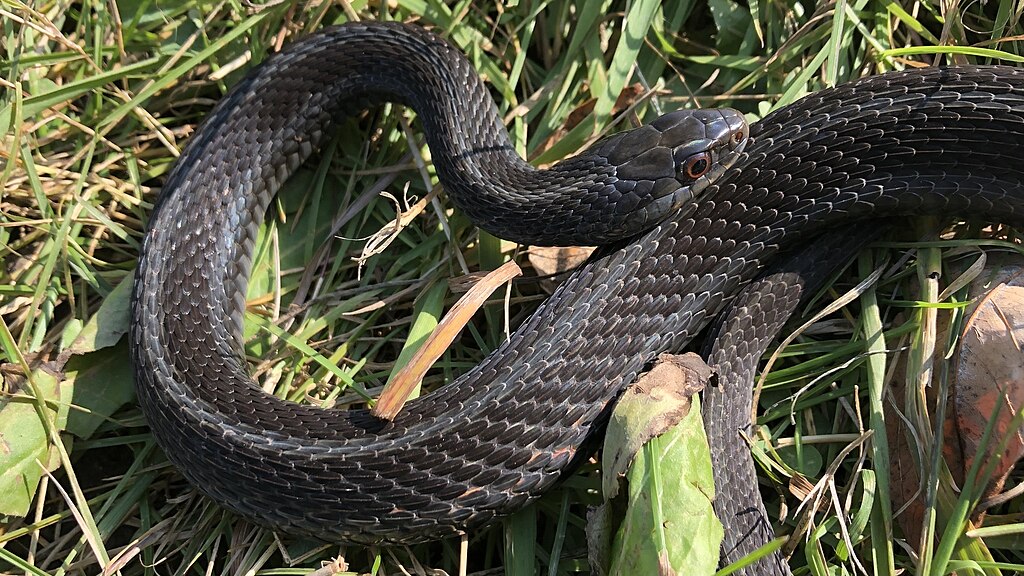
Snake owners frequently report feeding problems associated with reflective enclosure elements. The stress and confusion caused by reflections can trigger a feeding strike, where snakes refuse to eat for extended periods. This refusal often stems from the snake feeling too threatened in its environment to engage in vulnerable behaviors like feeding. Some snakes become so focused on the perceived rival in the reflection that they ignore offered food items entirely. For younger or more sensitive snakes, these feeding disruptions can quickly become serious health concerns, potentially leading to weight loss and compromised immune function. Removing reflective items often resolves these feeding issues, demonstrating a clear connection between reflective decor and appetitive behavior problems.
Safety Hazards of Common Reflective Materials
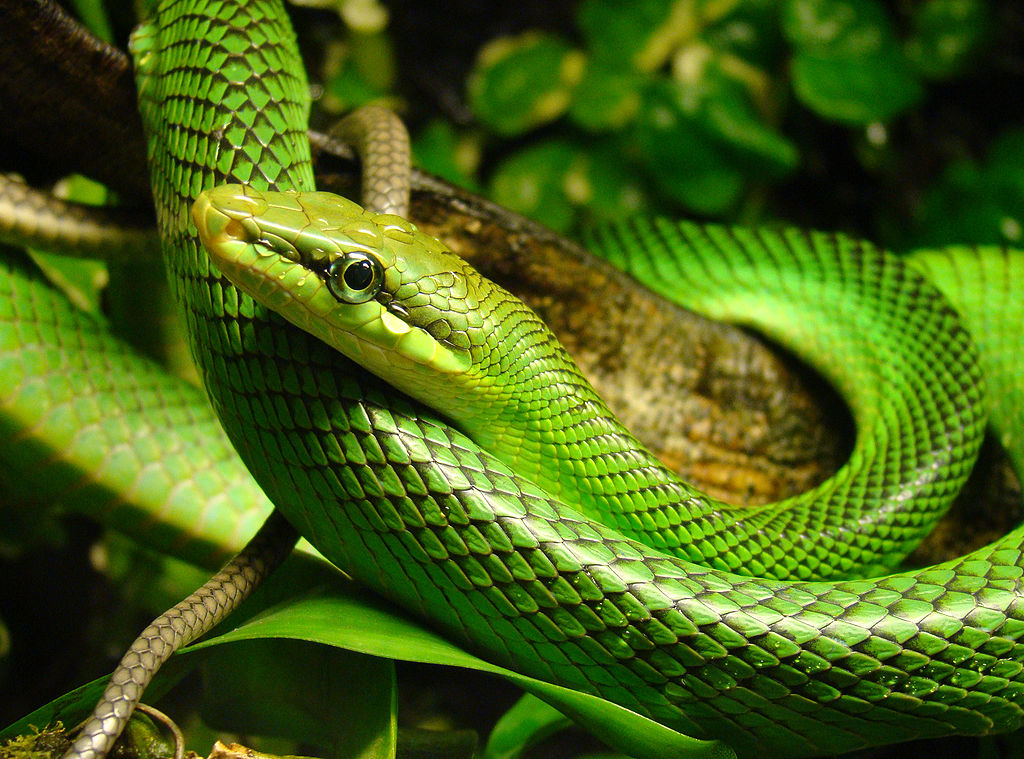
Beyond the psychological impact, many reflective decorations pose physical safety risks to snakes. Items like mirrored tiles, metallic decorations, or glossy plastic can have sharp edges that might cut your snake’s delicate skin. Some reflective materials may also contain toxic substances or finishes that could harm your snake if ingested or through prolonged contact. Metal decorations, while often appealingly shiny, can conduct heat too efficiently and potentially burn your snake if placed near heat sources. Glass or acrylic items with reflective properties might break or crack over time, creating dangerous shards. When selecting decor for your snake’s habitat, prioritizing safety over appearance is always the wisest approach for your pet’s wellbeing.
Impact on Reproductive Behavior
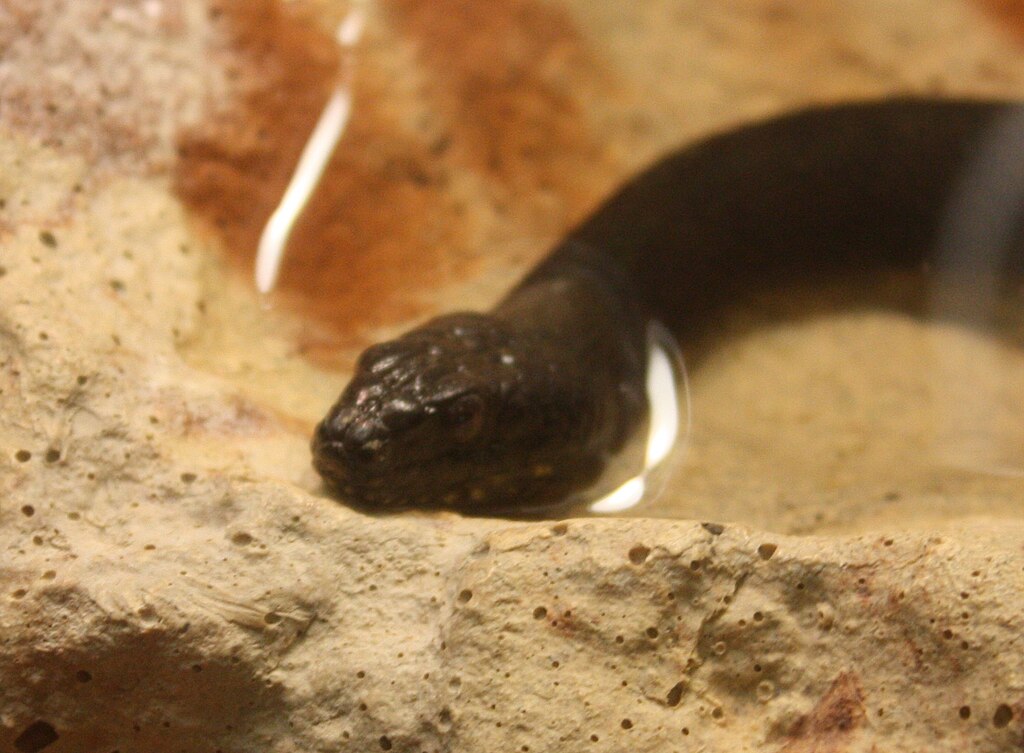
Reflective surfaces can particularly affect breeding snakes by triggering inappropriate reproductive responses. Male snakes might perceive their reflection as a potential mate or rival, leading to reproductive behaviors directed at the reflection rather than an actual breeding partner. Female snakes may become stressed by what they perceive as unwanted attention from another snake, potentially disrupting their reproductive cycle. In breeding collections, these disruptions can lead to failed breeding attempts and wasted reproductive seasons. For hobbyist breeders, removing all reflective surfaces before and during breeding season is considered a standard practice to increase chances of successful reproduction and to minimize stress on breeding animals.
Better Alternatives for Tank Decoration

Fortunately, numerous snake-friendly decor options exist that enhance enclosure aesthetics without causing stress. Natural materials like cork bark, driftwood, and untreated branches provide climbing opportunities and hiding spots while creating a more naturalistic environment. Commercially available hide boxes with matte finishes offer security without reflectivity issues. Artificial plants with non-glossy surfaces add visual interest and enrichment without confusing your snake. Textured backgrounds made from expanded PVC, natural cork, or specially designed reptile products can create an attractive enclosure backdrop without reflection problems. These alternatives not only look appealing to human eyes but actually contribute positively to your snake’s psychological wellbeing by creating an environment that makes sense to their instincts.
Signs Your Snake Is Stressed by Reflections
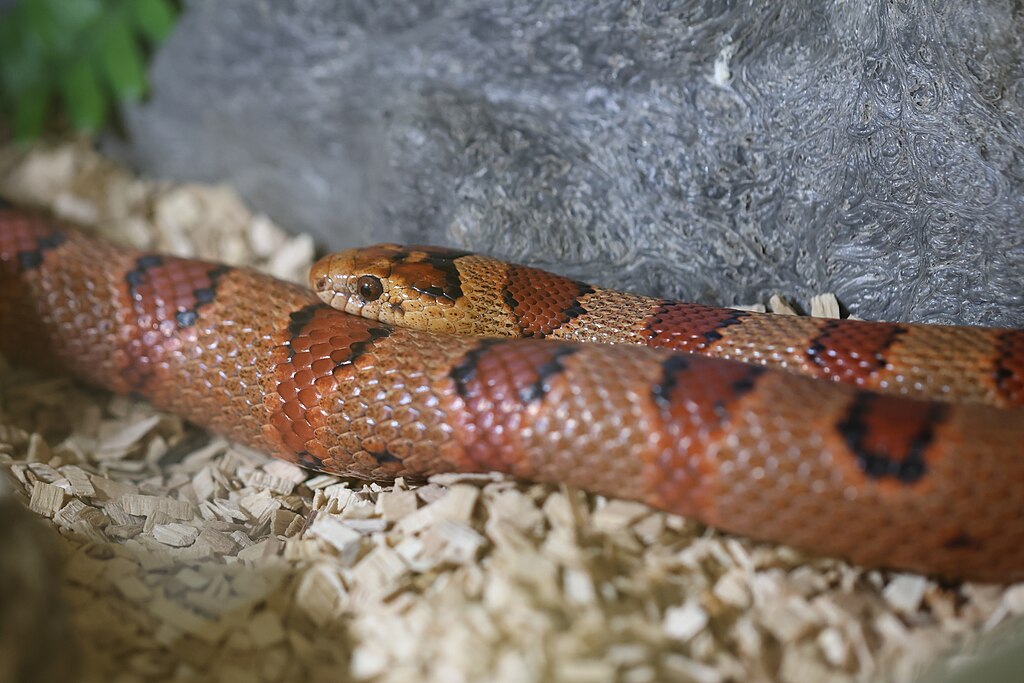
Recognizing reflection-related stress early can help prevent more serious problems. Common indicators include frequent striking at tank walls, glass dancing (repeated sliding along glass surfaces), excessive hiding or unusual exposure behaviors, and refusal to eat. Some snakes display increased defensive postures like flattening their neck, hissing, or tail-rattling when near reflective surfaces. You might also notice your snake spending an unusual amount of time staring at or following movements in reflective elements. Physical symptoms like weight loss, difficulty shedding, or increased respiratory rate can indicate chronic stress that might be linked to habitat issues including reflective decor. If you observe these behaviors, conducting a thorough review of the enclosure and removing potentially problematic reflective items should be your first response.
Special Considerations for Different Species
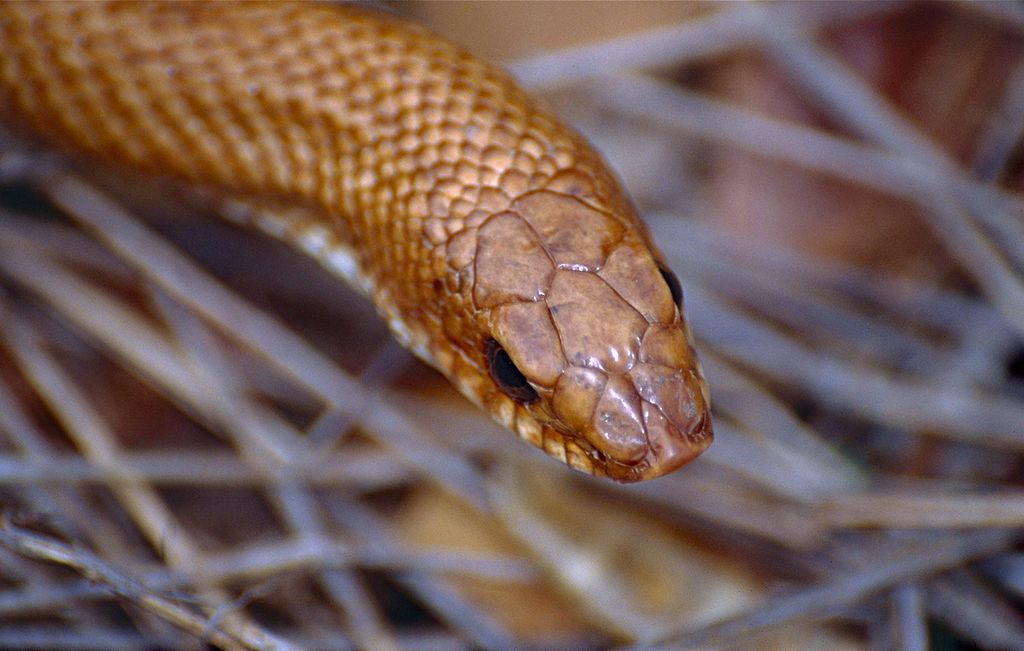
Sensitivity to reflections varies significantly among snake species, with some showing particular vulnerability to reflection-related stress. Arboreal species like green tree pythons and emerald tree boas, which rely heavily on visual hunting cues, often display stronger adverse reactions to reflective surfaces. Defensive species like ball pythons may become especially stressed by the perceived presence of another snake, leading to prolonged hiding or feeding refusal. More aggressive species such as certain rat snakes or king snakes might expend significant energy confronting their reflections, potentially leading to exhaustion and health problems. Understanding your specific snake’s natural behaviors and environmental needs is crucial when designing an appropriate habitat without problematic reflective elements.
Scientific Perspective on Environmental Enrichment
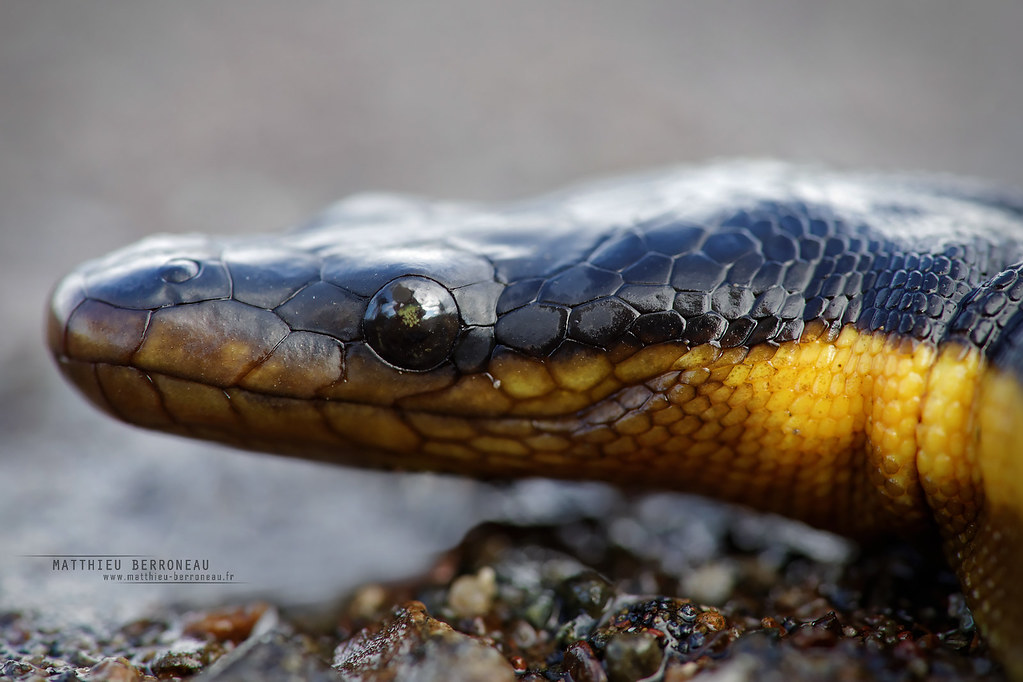
Reptile keeping has evolved significantly in recent decades, with increased focus on environmental enrichment that supports natural behaviors. Contemporary herpetological research emphasizes creating environments that allow captive reptiles to express species-typical behaviors rather than simply meeting baseline survival needs. From this scientific perspective, reflective decor represents a form of negative enrichment—an environmental element that actively interferes with normal behavior patterns rather than supporting them. Studies on captive reptile welfare indicate that stress from inappropriate environmental cues can have measurable physiological effects, including elevated stress hormones and suppressed immune function. The scientific consensus among reptile specialists increasingly supports naturalistic enclosure design that minimizes artificial elements like reflective surfaces in favor of biologically appropriate environmental features.
Practical Steps for Reflection-Free Enclosures
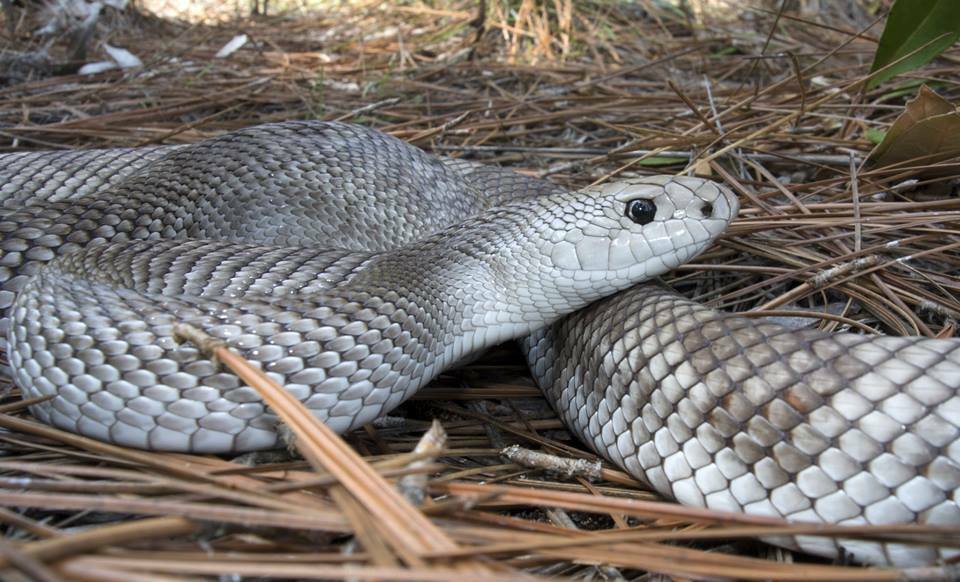
Creating a reflection-free environment requires attentiveness to both obvious and subtle sources of reflectivity. Beyond avoiding mirror-like decorations, consider applying non-toxic, reptile-safe background materials to the outside of glass or acrylic enclosures to reduce the inherent reflectivity of these surfaces. Position your snake’s enclosure away from bright direct lighting that increases reflections on glass surfaces. When adding new decor items, test them under your enclosure lighting to check for unexpected reflective properties before introducing them to your snake. For particularly sensitive snakes, consider opaque enclosure materials like PVC rather than glass terrariums. Even water dishes can sometimes create reflection problems, so choosing matte-finished ceramic or stone water bowls rather than glossy options can help minimize this issue in an otherwise well-designed habitat.
Conclusion
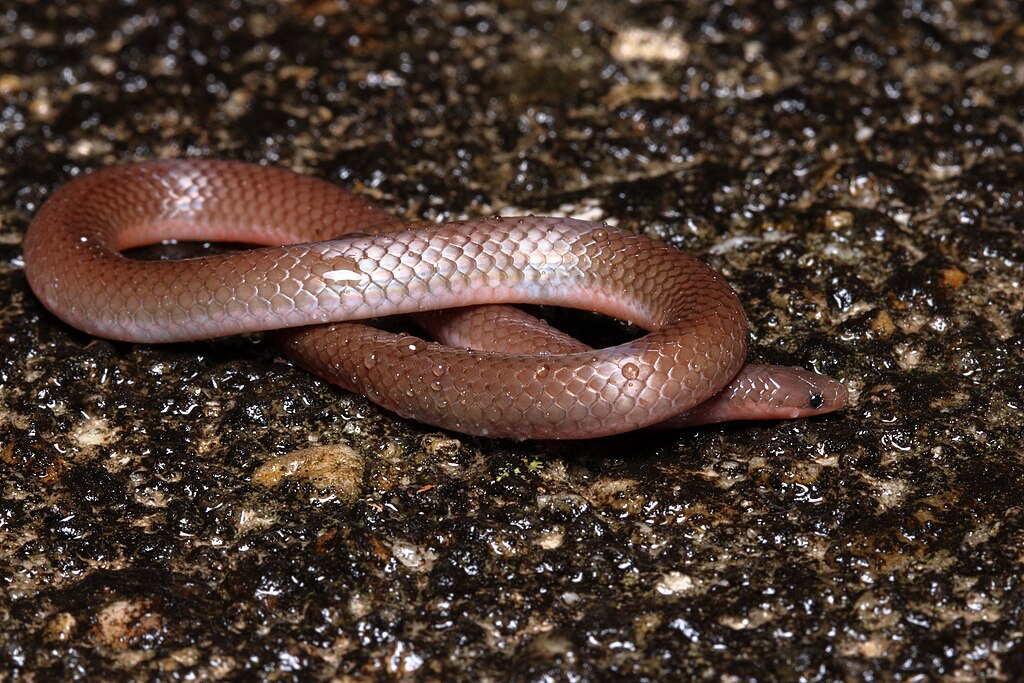
Creating an appropriate habitat for your pet snake requires thoughtful consideration that goes beyond aesthetics. While reflective decor might appeal to human eyes, it creates an unnatural and potentially stressful environment for snakes. By understanding the behavioral, psychological, and physical impacts of reflective surfaces, you can make better choices for your serpentine companion. Opting for naturalistic, non-reflective decor not only creates a more visually authentic terrarium but also promotes your snake’s wellbeing by respecting its instinctual responses and perceptual abilities. Remember that the best enclosure is one that prioritizes your snake’s needs over decorative preferences—a choice that results in a healthier, more comfortable, and ultimately more enjoyable pet keeping experience for both you and your snake.





